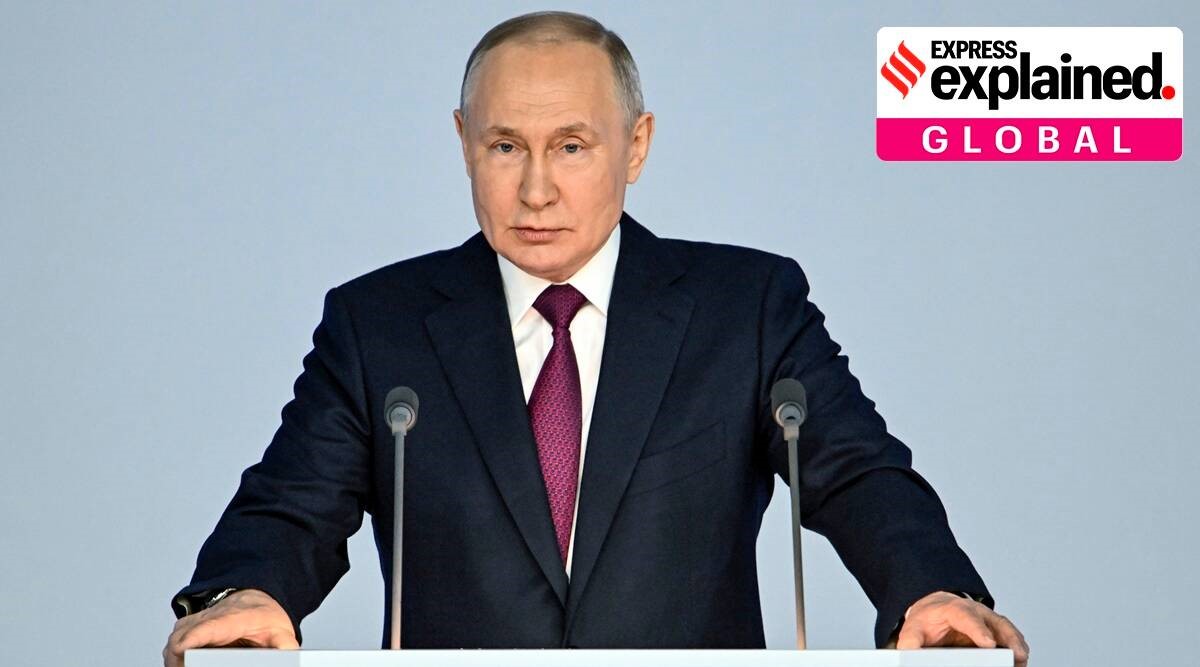Free Courses Sale ends Soon, Get It Now


Free Courses Sale ends Soon, Get It Now



Copyright infringement not intended
Context: Days before the first anniversary of the beginning of the war in Ukraine, President Vladimir Putin announced in an address to his nation that Russia is suspending its participation in the New START, the last remaining major military agreement with the United States.
Details:
What is the New START?
What limits did the New START impose on the two countries?
Compliance:
Status of compliance:

© 2024 iasgyan. All right reserved